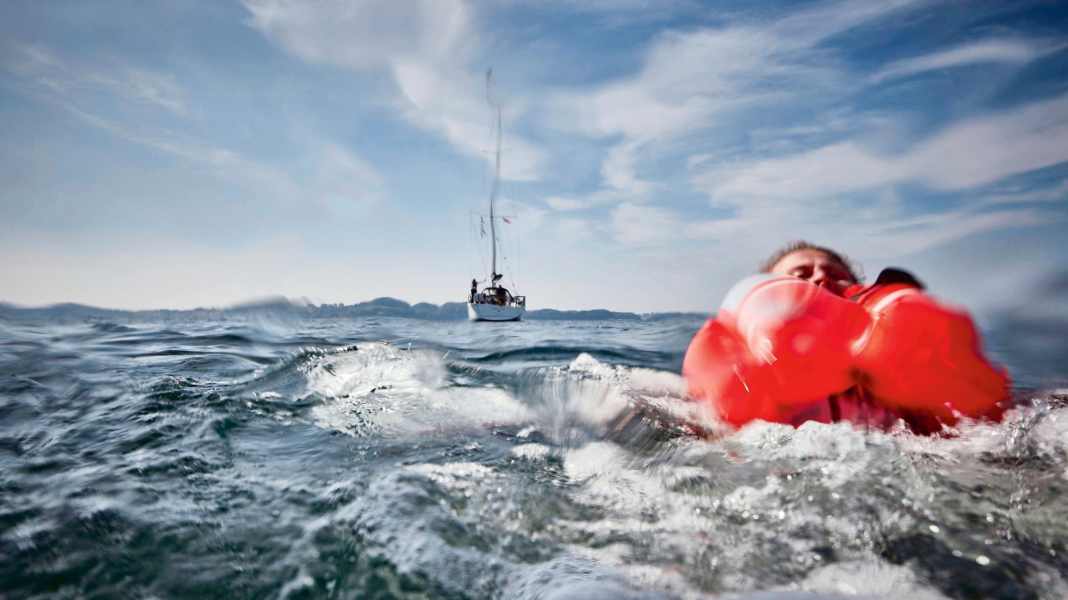
What typical reactions trigger fear?
There are three of these: flight, fight or freeze, which is similar to the play-dead reflex of some animals. Fear as a meaningful warning signal is therefore an evolutionary survival reaction of the body, namely to put the organism in a position of maximum physical performance for flight or fight.
Explained briefly and concisely: How does anxiety actually arise?
Anxiety is a complex process in which a variety of influencing factors are analysed and processed by the brain within milliseconds. There is a close connection between inner tension and the experience of anxiety: The higher our stress level, the higher our readiness to experience anxiety, which means the faster we experience anxiety.
What helps against anxiety?
There are many situations that trigger anxiety, and anxiety cannot be completely eliminated: Only medication can do this in the short term. However, it wouldn't make any sense at all to no longer have the capacity for anxiety - on the contrary, it would even be dangerous because warning functions would be lost.
The situation on board: How should the skipper in charge behave towards his crew?
For me personally - according to my individual criteria - the skipper should be trustworthy, reliable and well trained, which includes good quality materials for the boat and sails. He or she should know the strengths and weaknesses of the crew members and hold discussions in advance, for example about possible critical situations and how to deal with them. Good, joint planning offers the best conditions for a successful joint performance without fear. And that's what sailing is all about!
Read more about "Psychology on board":
Fear is coming - what is the right response?
Make a list of anxiety-inducing situations - what is the worst, second worst and so on. It can be useful to use a traffic light system to find out what my personal first signs of emerging anxiety are. For example, I use a column technique to write down all thoughts, behaviours, feelings and bodily reactions that indicate that I am doing well all round. With yellow, I pay close attention to the first signs of anxiety that take me from green to yellow, indicating that I no longer feel completely well. Like a firefighter doing 'dry runs', I can then think about what I could do to get back into the green zone in a specific, anxiety-inducing situation, i.e. not let it get to the point where I'm in the red stress zone.
Are there therapy programmes for anxiety?
Natural. Firstly, you have to distinguish between natural and therefore healthy anxiety and an anxiety disorder. Once you have clarified this, you should be aware that the goal of treatment will never be or can never be complete freedom from anxiety, but merely that the anxiety patient takes the helm again and determines the course! Figuratively speaking, anxiety will continue to sail with you for the rest of your life: You can never get it off the boat, but you can get it to retreat bored into a corner on the boat and perhaps even fall asleep, while the crew happily sails its course in the same situation.
Gaby Theile

